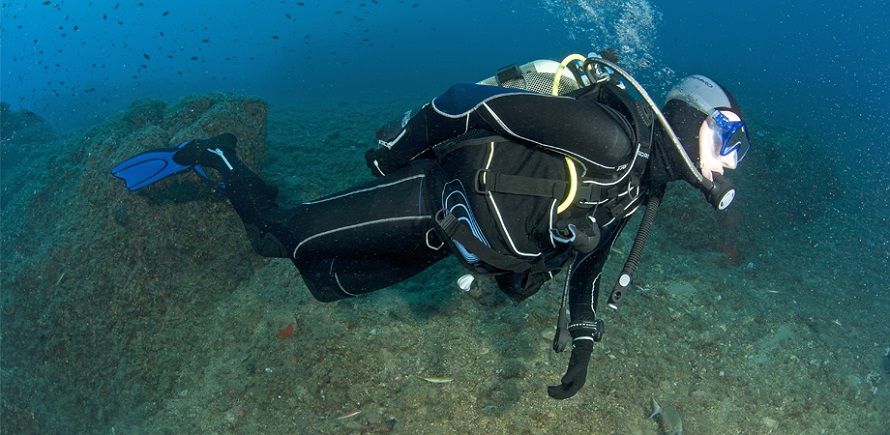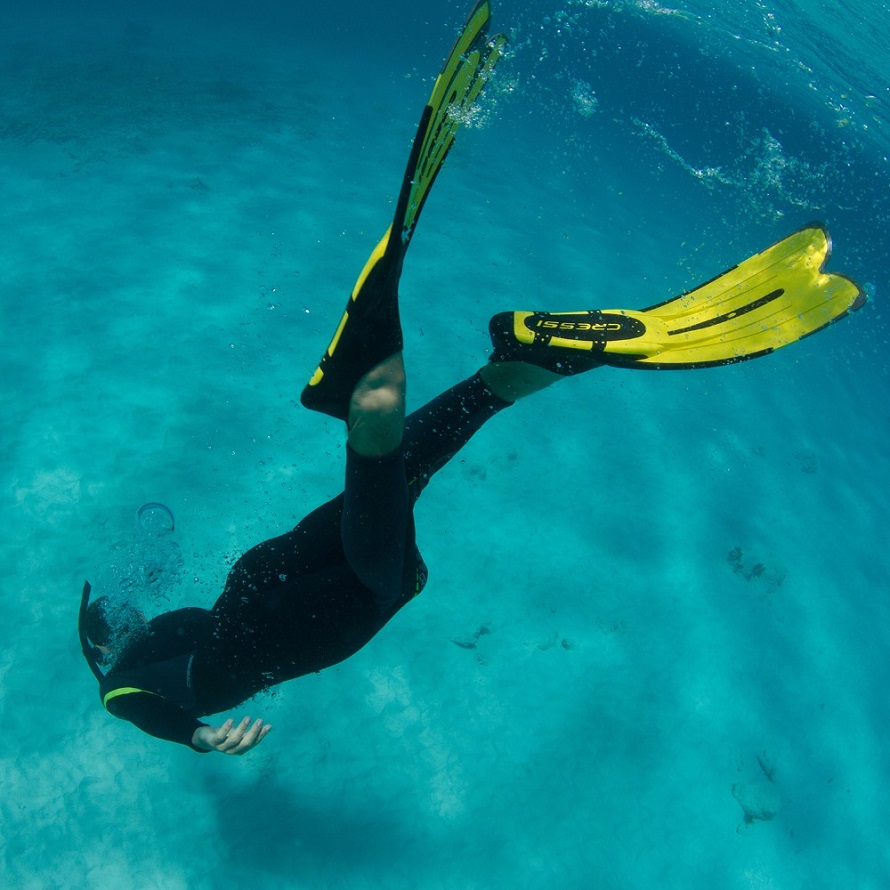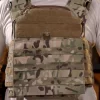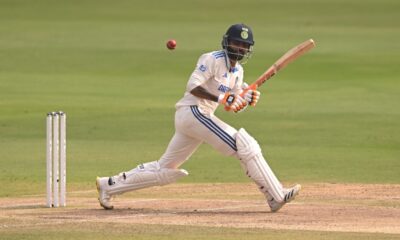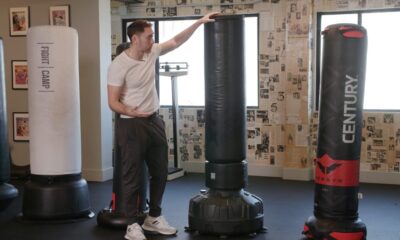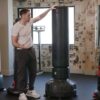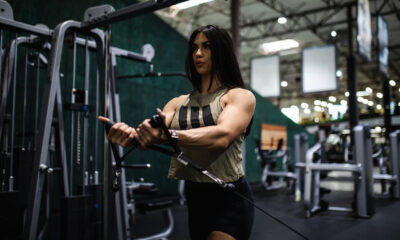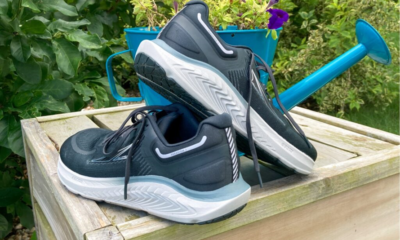Sports
Things To Consider When Buying a Diving Regulator
As far as recreational activities are concerned, scuba diving is one that’s truly unique, even life-changing experience. Being able to explore the vivid colours and booming life of Australia’s Great Barrier Reef is unlike anything else in this world. And I would have never be able to grasp its beauty up close if it hadn’t been for diving gear. One of the most important pieces of gear that allows us humans to explore the underwater world is the diving regulator. Because it’s a part of the life-support equipment, choosing a regulator should involve careful consideration on your part. It’s not precisely rocket science, but there are a few crucial factors you need to take into account.
Price Range
First, let’s start off with some good news. Quality and dependability should be of no concern when buying a regulator. Because it is a literal life-saver, this piece of scuba gear has to be designed to leave no room for malfunctioning. The laws regarding regulator manufacturing are so strict that they weed out all potential flaws. This perfects regulators to the point that even cheap models can offer high performance. Generally, the price of regulators ranges between 190 and 1200 dollars.
Piston Vs. Diaphragm
While price may not be a reliable sign of quality, it can be a sign of additional features that make a diving regulator more convenient. For instance, regulators that have a piston assembly are more expensive than the ones with a diaphragm. Both of these parts are located in the first stage and reduce the high air pressure into a moderate pressure for easy breathing. However, piston regulators allow better air flow and are low maintenance with only one moving part. Diaphragm regulators have many moving parts which require regular care and can reduce the lifespan of the regulator.
Mounting Types
Depending on where you live, or where you plan to shop for a regulator, there are usually two different choices of mounts. The mount is the way the regulator attaches to the tank and it can be either the classic Yoke or the newer DIN (Deutsche Industrie Norm). The yoke mount is most widely used worldwide and it is the type of mount used in diving classes. Their popularity has something to do with the fact that they are used with aluminium 80 scuba tanks which are slowly becoming the industry’s top sellers. DIN mounts on the other hand are most commonly found in Europe, but there are Australian shops that sell them as well. Their advantage is that they are screwed into the valve of the tank which prevents the high-pressure o-ring from protruding which can sometimes happen using a yoke.
Mouthpiece
Finally, if you want to have a smooth diving experience you need to choose a comfortable and soft mouthpiece. This part of the diving regulator can be more crucial than most people believe. If it’s too big or small, it can easily slip out of your mouth and leave you fighting for air. Usually, a mouthpiece that’s 4,5 cm wide in diameter can fit most divers. If you are allergic to certain materials, a mouthpiece made from hypoallergenic silicone might be the right choice for you. My last tip would be to look for one that is ergonomically shaped which will maintain your mouth’s natural position and prevent post-diving jaw pain.


